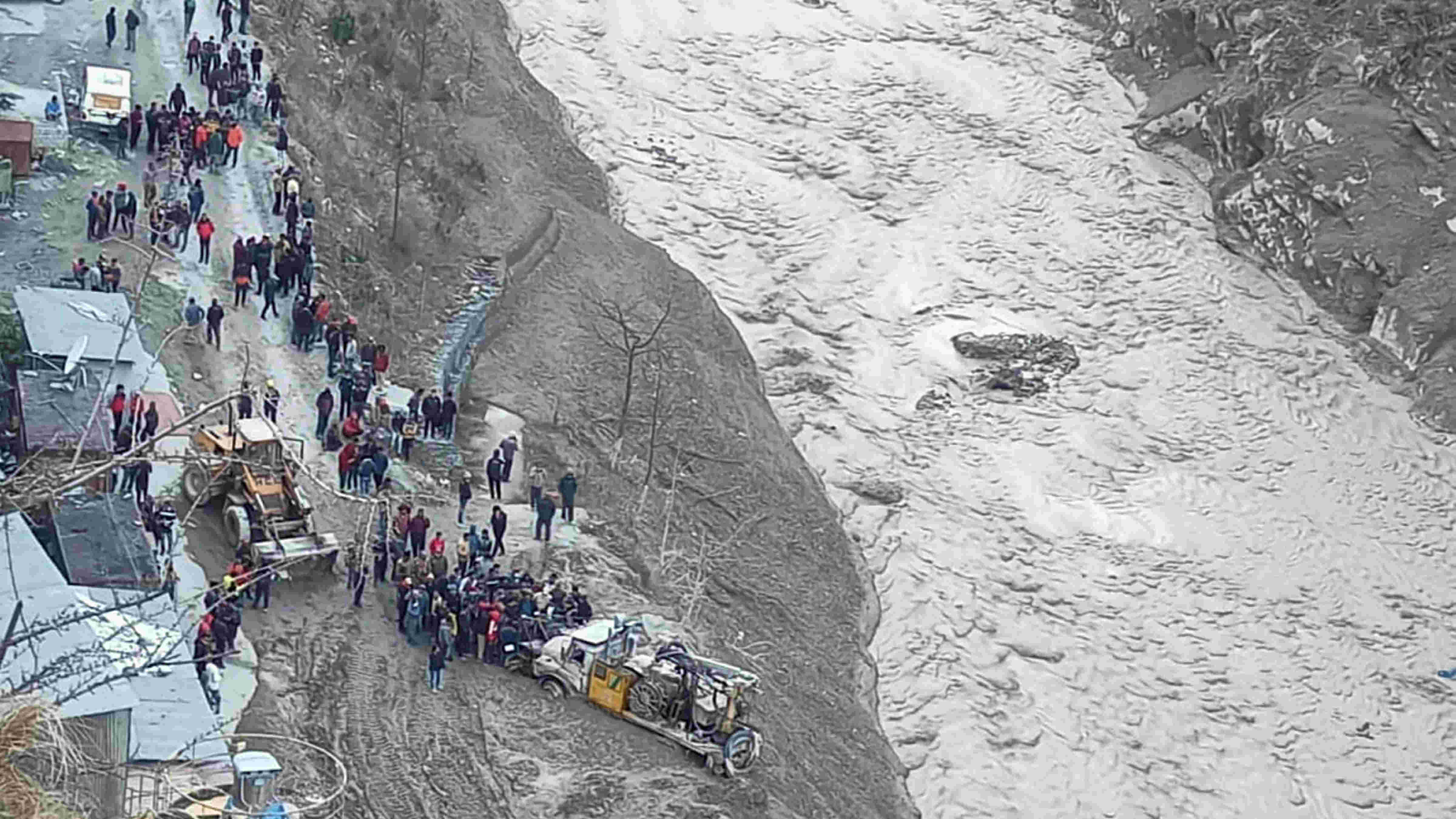The full extent of the damage in Uttarakhand — flash floods washed away at least two hydroelectric power projects and killed many people — is yet to be ascertained. But the losses are expected to be extensive. The disaster has been attributed to several causes, including a landslide and a glacial lake burst. However, there is likely to be a general consensus regarding the role of climate change as a catalyst in an ecologically fragile zone. The latest assessment of the United Nations’s Intergovernmental Panel on Climate Change found that glacier retreat and the thawing of permafrost are projected to decrease the stability of mountain slopes; the Global Climate Risk Index 2020 also found India to be the fifth most vulnerable country to the effects of climate change out of 181 nations.
But natural disasters are often the result of a complex amalgamation of factors. It would, therefore, be foolhardy to view climate change as the sole contributor to the tragedy in Chamoli which, ironically, was the seat of the Chipko movement. This destruction comes less than a decade after the Kedarnath flash flood of 2013, which claimed more than 5,000 lives. Where these two events intersect could well be unregulated construction, myopic promotion of tourism and intensive mining. Successive state governments have displayed a flagrant disregard for the delicate ecosystems of the Himalayas in their bid to sustain a lucrative, but ecologically damaging, tourism industry. In spite of the terrain being difficult and inaccessible, tourism figures neared 25 million in 2015 and are expected to touch 67 million by 2025. What has aggravated the threat is a faulty template of development. In 2015, a report by the environment ministry had unambiguously linked power projects to the 2013 deluge. The urgent need to rethink the current development model for the Himalayan region cannot be overstated. This should involve a serious scrutiny of such activities as the damming of Himalayan rivers, construction of hydel projects and other investments in infrastructure. But can this kind of contemplation be expected from elected governments whose disregard for the environment — reflected in industrial depredations on ecologically sensitive zones, the watering down of protective regulations and the pursuit of an anti-ecological model of progress — is well known? Not unless the environment and its destruction become electoral issues.











